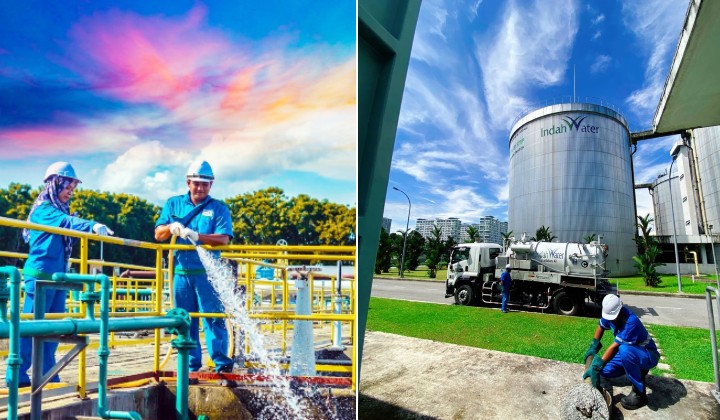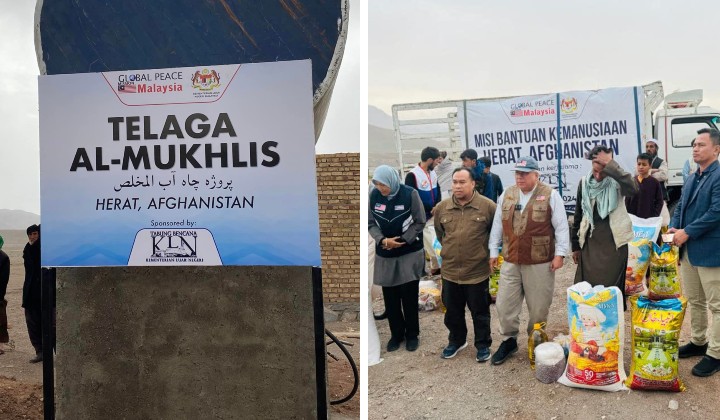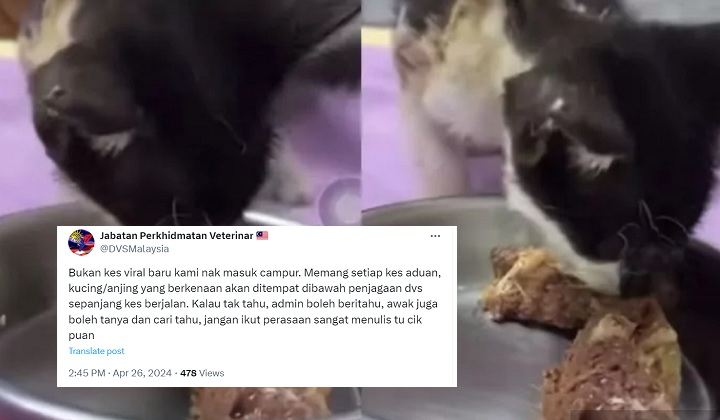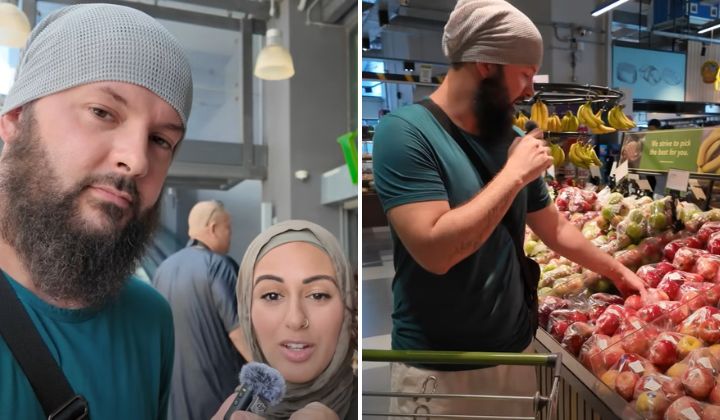Malaysia’s Sanitation Evolution: From Colonial Roots To Malaysian Advancements
History has taught us that failure to properly treat wastewater can lead to the outbreak of disease, poor quality of life and the poisoning of our natural ecosystems.

Subscribe to our FREE Newsletter, or Telegram and WhatsApp channels for the latest stories and updates.
Sanitation is a critical but often underappreciated aspect of modern life.
Mahatma Gandhi once stated that sanitation was more important than Independence itself, and believed that having access to clean water and safe sewage disposal was a basic human right and empowered nations towards a prosperous future.
For Malaysia, the importance of having a modern and reliable sanitation system cannot be overstated — after all, with rapid urbanisation and industrialisation, we’re producing more sewage or wastewater than ever before.

If this wastewater is not treated properly, it can cause waves of problems to public health, the environment as well as the economy. History has taught us that failure to properly treat wastewater can lead to the outbreak of disease, poor quality of life and the poisoning of our natural ecosystems.
A legacy of progress
Before Malaysia gained its Independence, our sanitation infrastructure was rudimentary, at best. People across the country mainly relied on natural water resources like rivers, lakes and underground wells, and used traditional toilet facilities like outhouses or the more hardcore pit latrines which were nothing more than a hole in the ground.
This changed during colonial times when the British implemented basic sanitation systems primarily to supply fresh water that was piped to urban areas like Kuala Lumpur, Penang and Kuching as well as introduced various types of toilets, including latrines.

However, the Brits did little to develop proper sewage systems to dispose of wastewater that’s generated by households, as well as through industrial and agricultural use, and left us to figure that out on our own.
When Merdeka came around, we hardly had any infrastructure or systems in place to manage our wastewater byproducts and relied on local governments and sanitation committees to take care of the problem.
This is how odd jobs like the Night Soil Carriers whose responsibility was to go door-to-door to collect and dispose of excrement became a critical part of public sanitation efforts.
The turning point
The turning point came during the 1960s when it was decided that we would modernize and expand sewage infrastructure across the country. Various types of sewerage systems were introduced, such as individual or communal septic tanks, Imhoff tanks, oxidation ponds and mechanically connected systems to ensure that wastewater was safely collected, treated and discharged to improve public health and eliminate pollution.
However, these systems required further development. It is for this reason that the government eventually took action towards reforming the nation’s sanitation system by introducing laws and regulations to centralise this enormous task and transferring the responsibility from local authorities to Indah Water Konsortium (IWK).
In 1994, IWK was established as the national sewerage company and tasked with the job of providing efficient sewage and wastewater management services throughout the country.
Since then, IWK, in partnership with the Government, pioneered numerous sewage treatment methods to ensure that wastewater is well-treated, clean and safe, before being discharged back into our natural waterways.
They do this by operating and managing several types of sewerage systems in the country; individual and communal septic tanks, pour flush and latrines, as well as connected sewer systems.
It is worth noting that the Federal Government allocated RM1.7 billion for Rolling Plan 3, under the 12th Malaysia Plan (RMK-12), to develop a sustainable infrastructure through the implementation of sewerage projects throughout the country. This is part of an ongoing effort to modernize the sewerage infrastructure, as well as provide efficient and sustainable sewerage services.
Think of septic tanks as miniature, self-contained sewerage systems that you would normally have at home. They collect and store all the yucky stuff called wastewater that comes out of your toilets and sinks. This wastewater sinks to the bottom of the tank while letting the clean water rise and flow out near the top of the tank towards the drainage systems. Septic tanks need to be maintained and emptied regularly or else all that yucky sludge will spill over and contaminate the surroundings.
Connected sewerage systems, on the other hand, are a network of pipes that transport wastewater directly to sewage treatment plants or STPs, where it is processed before being released into our waterways.
Today, IWK operates and maintains close to 8,874 STPs and Network Pumping Systems (NPS), around 20,000km of sewer lines, as well as, some 1.4 million Individual Septic Tanks (IST) nationwide that serve about 30 million people (population equivalent) in urban and rural areas across the country.
Our lives would be so different without these systems and infrastructures in place. But with the world facing challenges with poverty, inequality and the climate crisis, IWK is also heavily invested in securing a cleaner, greener future for all.
Embracing the future

IWK aligns its activities with the United Nations’s (UN) Sustainable Development Goals (SDGs). These strategies serve as blueprints to provide the nation with clean water and sanitation, clean and affordable energy, as well as, create sustainable cities and communities that are resilient to climate change.
One of the ways that IWK is making this green future a reality is by adopting the waste-to-wealth approach to transform waste materials into valuable resources in order to achieve a more circular economy. These include the treatment and usage of;
- Biosolids: where solid materials that are left after the sewage treatment process are reused as organic fertiliser for non-food crops.
- Bioeffluent: where treated effluents are reclaimed for non-potable usage such as irrigation, cooling, or washing as a way to save water resources and provide an alternative water supply for non-drinking purposes.
- Biogas: where gasses produced during the wastewater treatment process are captured and harnessed as an energy source to power IWK’s plants and reduce greenhouse emissions.
For its continuing efforts to revolutionise the nation’s sewage and sanitation, IWK has achieved several significant milestones and accolades over the years. Most recently, the company was presented with the international Distinction Award at the 2023 Global Water Awards. The recognition highlights the nation’s accomplishments on a global level and IWK’s dedication towards efficiency and sustainability.
As a world-leading sewage and sanitation company, IWK is committed to continuing its efforts to provide innovative and sustainable solutions for the benefit of all Malaysians by transforming waste into wealth and by giving new life to our water.
Find out more about Indah Water Konsortium, here or follow them on social media.
Share your thoughts with us via TRP’s Facebook, Twitter, Instagram, or Threads.
Typing out trending topics and walking the fine line between deep and dumb.





